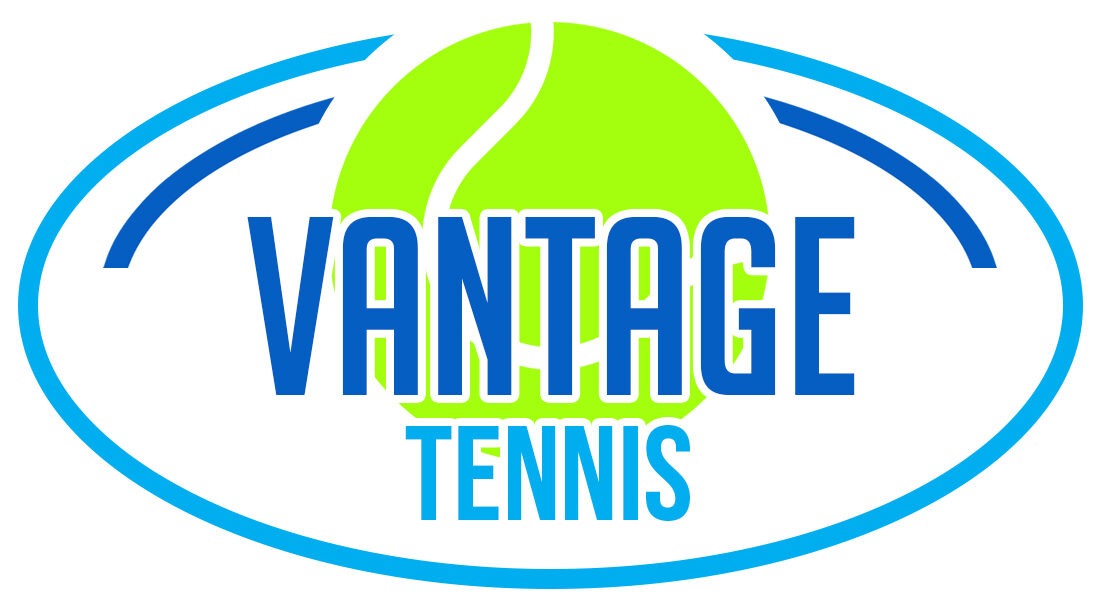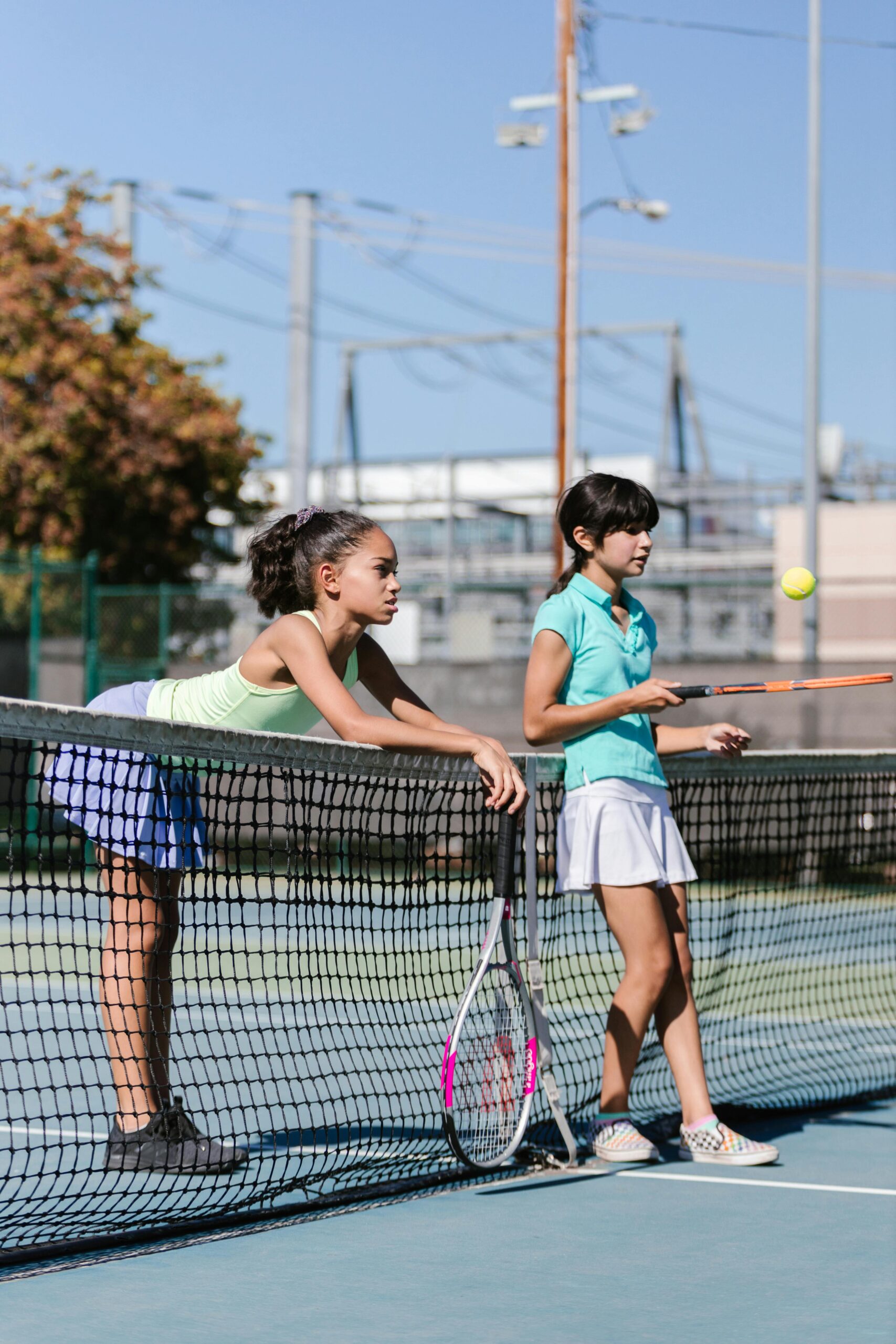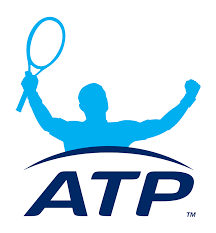Discover the powerful motivators behind tennis success, from personal growth to competitive excellence. Learn how top players stay driven and how you can fuel your tennis passion.
What Drives Players to Excel on Court
Motivation. There are so many different reasons people play tennis, but have you wondered what motivates professional tennis players to do their best day after day? Playing tennis on the pro tour involves a lot of sacrifice and lots of hard work. Players live a lifestyle where it can be tough to find stability due to all the traveling. They miss out on many fun events or adventures because they have to train and sleep a good amount of hours. But ultimately, they need to get ready to perform well every single day. This kind of commitment is rare, and it is just easy to wonder what exactly motivates them to make all of this sacrifice. Do they have an ultimate goal they are trying to reach? Do they love to win? Do they just like that feeling of being the best? What is that exact feeling that is driving them?
In many cases, kids grow up playing tennis, and they like it, but as they get good and their parents and coaches start to see potential, everything gets more complicated. It is not simple: I feel like playing today, or I don’t kind of situation. Training starts to become part of that kid’s life and part of who they are. They get pushed so much and for so long that they lose sight of why they are playing in the first place. It starts to become a situation where they want to please or make parents or coaches proud—and sometimes they even feel obliged to perform because they are afraid of them. I can tell you from my own experience and from the experiences of many players who are now on the professional tour that this kind of motivation does not last.
My Story
I am going to tell you my story. I played tennis my whole life and decided to turn pro at 15 due to financial circumstances. My parents couldn’t afford to pay for my travels or coaches, so I didn’t have a choice if I wanted to keep competing. Aside from that, we were immigrants in the U.S., and at the time, I couldn’t leave the country to play tournaments abroad. So, my options were minimal. My mother supported my career and was always pushing me to be the best I could be. My younger sister grew up with a hip defect, and she was going to need surgery when she became a young adult. So, there was always that bit of faith in my parent’s hearts that I would make it big time to help pay for her surgery. All of these circumstances made me want to succeed more than anything. I wanted to defeat all the odds that were against me—traveling alone in the U.S since age 13, not speaking English, not being able to afford hotels, staying wherever someone would house me, having to face competition utterly alone for years, being discriminated for being Latin American, and many more obstacles. I only had one goal in mind: I wanted to prove to my parents that their efforts in this country weren’t in vain. I wanted to help them take care of my sister, and I wanted to make them proud. These motivations seemed like more than enough, and they did get me far in my career. Only playing 12 tournaments inside the U.S., I became one of the best juniors in the world, making the U.S. Open JR finals and ending the year in the top 10 ITF. I won my first pro tournament at age 15 and had my best professional ranking of 230 WTA at age 18.
After having my best year and best ranking, I had several unfortunate injuries, including a tumor in my leg that needed to be removed and which took me out of the game for a whole year. Following stress fractures on that same leg, foot fracture, and shoulder tear made me decide to retire at age 21.
After coming back from that first injury, though, everything was different. My sister had thankfully gotten a successful hip surgery, which the insurance covered. My parents were in a much better financial situation, and I could finally leave the U.S. to play tournaments abroad. All of those external factors that were motivating me were gone. I started to look at everything from a different perspective. My only motivation left was to prove to everyone that I could come back to the top after recovering from a tumor surgery and a stress fracture. I worked the hardest ever to come back to shape and to the level I was once at. Many people didn’t know why I was away from the game all that time; they just saw me as the girl who was once at the top and was starting again from scratch. Well, I did recover, and I did come back. I won 6 more professional tournaments and came back to the 270WTA ranking that same year. But my body wasn’t the same after being away for so long. I kept having minor injuries that didn’t let me compete at 100%. I kept trying to get healthy for a couple of years, but my body and mind weren’t the same. See, I no longer had that last motivation to come back anymore. I had already done it; I had proven to everyone that I could do it, and now I kept asking myself, why do I keep playing? What’s the reason I have to go through all that hard work and sacrifice all over again with no guaranteed rewards?
My last year of playing in 2012 was a good year. I won 3 professional tournaments in a row in Brazil, and the best part about it was that my mother came with me. It was one of the only times that she could go, and it was one of the happiest times for me during a tournament. To have someone to share my success with made me extremely happy. But I couldn’t afford to bring her or my coach with me all the time; even when I decided to cut my tournaments short—so that I could afford to bring them more often—I still couldn’t do it. So, in that last year of my career, tired of being alone, I ran out of motivation. I couldn’t find a strong enough reason why I wanted to keep putting myself through all of it. So, in 2012, after a rotator cuff tear, I decided to retire from the professional tour.
Motivation
Types of Motivation
Extrinsic motivation is any external factor that makes you do what you are doing. This kind of motivation can push you through a lot of challenging circumstances and can, in its best form, help you achieve many great things. But if you want motivation that will last and keep you happy on your journey to success, you need to have intrinsic motivation. Intrinsic motivation is the joy that you get from doing things. It means that you are playing for your personal enjoyment and desire to learn and become better each day. This kind of motivation is critical for a successful and happy tennis career. Otherwise, when you run out of external motivation, your fire will be gone, and that is why many great players and talents retire early.
Don’t get me wrong, I did love playing, and I was almost obsessed. But all of these external factors and the trauma that came from going through all of them took away from me the most important thing about being a tennis player: the plain love of competition. Competing for myself, my self-gratification, and finding joy in it were factors that I no longer felt.
The top players, including friends of mine who are still playing at age 30, are still playing because they love that feeling of improvement and being the best player they can be. So I asked these questions to a couple of friends who are still playing successfully on the pro tour: What motivates you to continue playing and to compete so hard? All the answers I got included intrinsic motivations (the desire to do something for your own personal enjoyment), but there was one answer that was certainly my favorite from German WTA top player Laura Siegemund with a high ranking of 27 in the world and Grand Slam mixed doubles champion.
How the Pros Feel
“Hey Gaby, I have always been quite a good player, even as a child. I worked hard from a very young age to be a good player, which motivates me to know this is what I’m meant to do, what I’m most talented in, and where I want to become the best version of myself. Sports, movement, working with my body, finding my limits, and knowing my strength is my life, and I want to keep improving. In Germany, we say “stopping to improve means starting to disimprove. That’s why I always want to work hard, try new things, be open, and keep finding new ways with the goal of going one step forward: technically, tactically, physically, and mentally. That’s what gives me joy in sports and what is my motivation.”
Conclusion
Extrinsic motivation can be an extra factor that pushes you to go on, but you need to have intrinsic motivation every day if you want to make it in the long run. After all, many of the players who have now broken the top 100 have done it with much persistence, a lot of years of hard work, love for the sport, and small improvements each day. And for this, you need to keep that motivation for many years in a row.
#tennismotivation #staymotivated #doitforyourself #lovethesport








